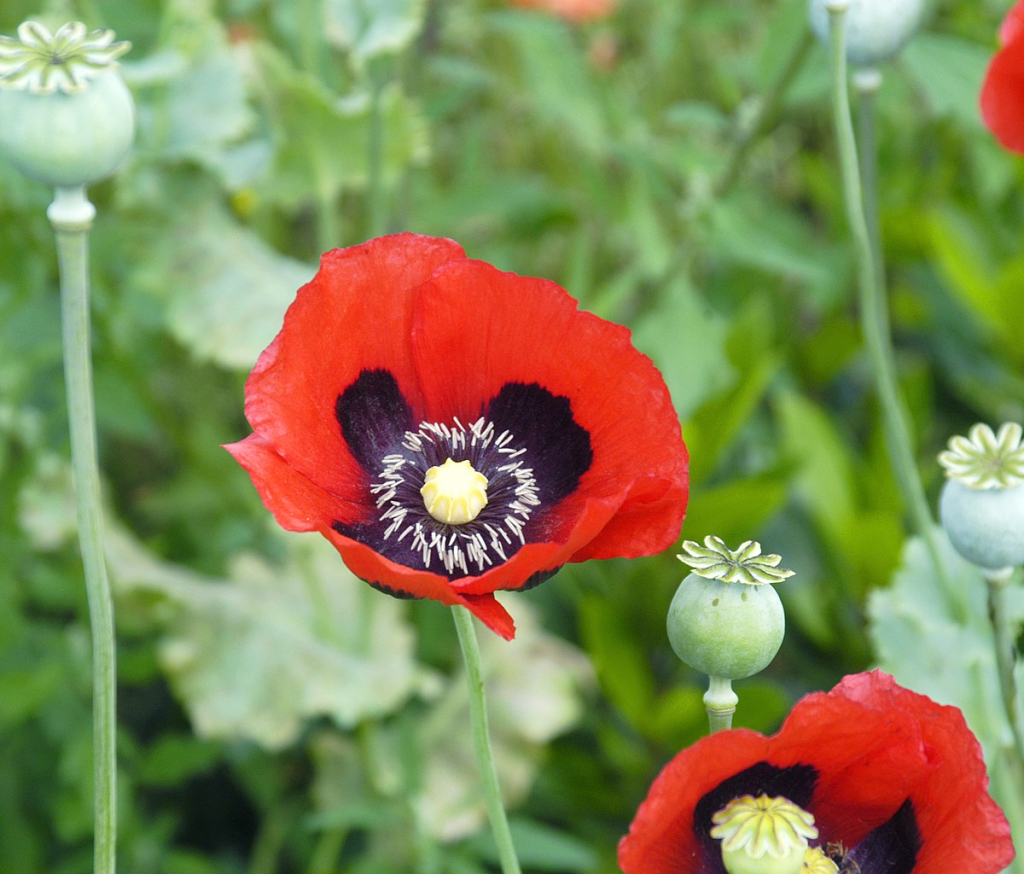The papaver, commonly called the poppy, is a interesting and diverse flowering plant that has captivated individuals for centuries. Using its charming blossoms and fascinating medicinal properties, papaver keeps a substantial place in record, lifestyle, and conventional medicine. In this information, we delve into the world of papaver, exploring its intriguing functions, famous significance, and medicinal potential.
The Splendor of Papaver:
Papaver’s draw lies in their exquisite flowers, that can come in several colors including vivid reds to delicate pinks and comforting whites. The delicate petals and distinguished seed pods increase its aesthetic appeal, making it a popular among growers and bloom fanatics worldwide.
Historic Significance:
Papaver has a rich historic background, with its presence followed back once again to old civilizations. The opium poppy (Papaver somniferum) keeps unique significance because of its psychoactive qualities and its position in conventional medication, rituals, and deal channels for the duration of history.
Medical Employs:
Papaver’s medical properties have been acknowledged for centuries. The opium poppy, in particular, contains numerous alkaloids, including morphine and codeine, which may have powerful pain-relieving properties. These ingredients have already been found in suffering management, cough suppression, and sedation in traditional medication and contemporary pharmaceuticals.
Opium Industry and Debate:
The opium business, fueled by the need for opium produced from papaver, has had a significant effect on worldwide record and politics. The 19th-century Opium Conflicts between China and European powers spotlight the controversial aspects surrounding the expansion, business, and addiction connected with opium.
Culinary and Nutritional Employs:
Poppy vegetables, based on specific papaver species, have received recognition in culinary applications. These little vegetables include a delightful crisis and a ridiculous quality to various dishes, including pastries, bread, and salads. Furthermore, they’re a dried poppy heads of essential nutritional elements such as for example balanced fats, fiber, and minerals.

Symbolism and Cultural Significance:
Papaver keeps symbolic explanations in a variety of cultures. It is usually associated with remembrance and lose, symbolizing dropped soldiers in several countries throughout wartime. The poppy’s vivid red colorization and fine petals function as a poignant note of the human cost of conflict.
Environmental Significance:
Papaver plays a crucial position in supporting biodiversity and ecosystems. It acts as a habitat and food supply for pollinators such as for example bees and butterflies. The poppy’s capability to succeed in varied areas and soils plays a part in its resilience and ecological significance.
Responsible Growth and Conservation:
Because of the prospect of misuse and addiction, the growth of opium poppies is highly managed in lots of countries. But, efforts are increasingly being designed to cultivate papaver varieties because of their ornamental value and as a sustainable source for healing alkaloids, ensuring responsible cultivation techniques while conserving genetic diversity.
Conclusion:
Papaver, with its charming splendor, historical significance, and medical attributes, holds a outstanding invest individual record and culture. From their role in standard medicine to their symbolism in remembrance, the poppy continues to amaze and inspire. It is important to appreciate and regard the plant’s natural properties while selling responsible cultivation and conservation efforts. Whether respected in a backyard, used in standard medication, or loved for the culinary price, papaver remains an enigmatic and valued plant within our world.
